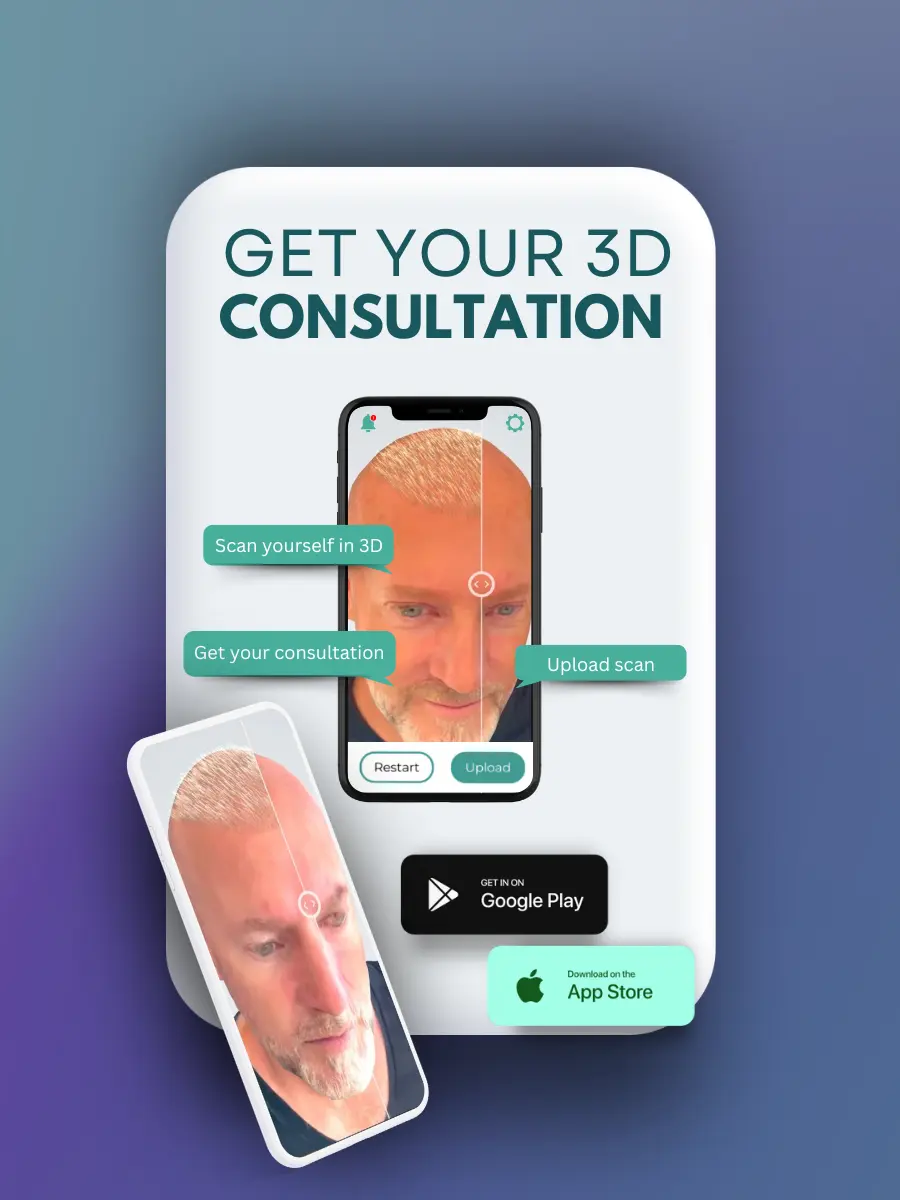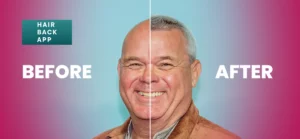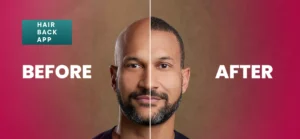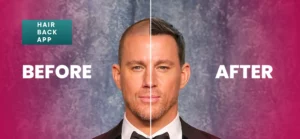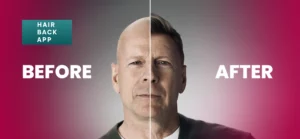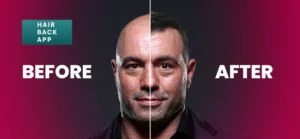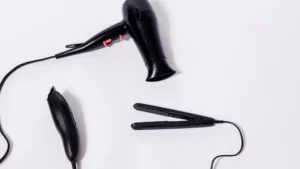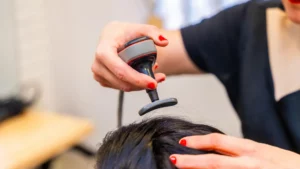Undergoing a hair transplant is a significant step towards regaining confidence and addressing hair loss concerns. However, like any surgical procedure, it comes with potential complications, one of which is folliculitis.
My name is Emma Wright, your resident hair restoration specialist. Today we’ll be discussing how to treat folliculitis after hair transplant.
Folliculitis, an inflammation of the hair follicles, can occur after a hair transplant and requires careful management to ensure optimal healing and hair growth. In this guide, we’ll delve into the causes, symptoms, and most importantly, the treatments for folliculitis after a hair transplant.
What is Folliculitis?
Folliculitis is a common skin condition characterized by inflammation of the hair follicles. Hair follicles are tiny pockets in the skin from which hair grows, and they can become inflamed due to various reasons, leading to folliculitis. This inflammation can occur anywhere on the body where hair is present, including the scalp.
Folliculitis after hair transplant can manifest in different forms, ranging from mild to severe, and may present with symptoms such as redness, swelling, itching, tenderness, and the formation of small pus-filled bumps around the affected hair follicles.
In some cases, folliculitis can cause discomfort and may even lead to scarring if left untreated.
There are several factors that can contribute to the development of folliculitis:
- Bacterial or Fungal Infection: The most common cause of folliculitis is bacterial infection, often by Staphylococcus aureus bacteria. Fungal infections, such as those caused by yeast, can also lead to folliculitis, especially in warm and humid environments.
- Ingrown Hairs: When a hair follicle becomes blocked or irritated, it can trap hair beneath the surface of the skin, leading to inflammation and the formation of folliculitis.
- Friction or Irritation: Tight clothing, shaving, waxing, or other forms of skin irritation can contribute to the development of folliculitis by disrupting the hair follicles and allowing bacteria to enter.
- Certain Skin Conditions: Individuals with pre-existing skin conditions, such as acne, dermatitis, or eczema, may be more susceptible to folliculitis.
- Weakened Immune System: Conditions or medications that weaken the immune system can increase the risk of developing folliculitis, as the body may be less able to fight off bacterial or fungal infections.
Folliculitis can occur in anyone, but certain populations may be at higher risk, including those with diabetes, obesity, or compromised immune systems. Additionally, activities that involve close contact with contaminated water, such as swimming or using hot tubs, can increase the risk of developing folliculitis.

Treatment for folliculitis depends on the underlying cause and severity of the condition. Mild cases may resolve on their own or with home remedies such as warm compresses and proper hygiene practices. However, more severe or recurrent cases may require medical intervention, including topical or oral antibiotics, antifungal medications, or other prescription treatments.
Overall, folliculitis is a treatable condition, and with proper care and attention, most individuals can experience relief from symptoms and prevent recurrence. If you suspect you may have folliculitis or are experiencing persistent symptoms, it’s essential to consult with a healthcare professional for an accurate diagnosis and appropriate treatment plan.
Understanding Folliculitis After Hair Transplant
Folliculitis commonly occurs post-hair transplant due to the disruption of the scalp’s natural barrier during the procedure. This disruption creates an opportunity for bacteria or fungi to enter the hair follicles, leading to inflammation and infection.
Factors such as poor post-operative care, improper hygiene practices, or pre-existing skin conditions can exacerbate the risk of folliculitis.
Symptoms of folliculitis include redness, swelling, tenderness, and small pus-filled bumps around the transplanted hair follicles. If left untreated, folliculitis can impede proper hair growth and may result in scarring or prolonged discomfort.
Treating Folliculitis After Hair Transplant
- Maintain Proper Hygiene: Keeping the scalp clean is paramount in preventing and treating folliculitis. Gently wash the transplanted area with a mild, non-medicated shampoo as recommended by your surgeon. Avoid harsh scrubbing or rubbing, as this can aggravate the inflammation.
- Topical Antibiotics: In cases of mild folliculitis, topical antibiotics such as mupirocin or bacitracin may be prescribed to alleviate symptoms and prevent further infection. Apply the medication sparingly to the affected areas as directed by your healthcare provider.
- Oral Antibiotics: For more severe cases of folliculitis, oral antibiotics may be necessary to combat the underlying bacterial infection. Always follow your physician’s instructions regarding dosage and duration of antibiotic treatment.
- Steroid Creams: Inflammation associated with folliculitis can be effectively reduced with the use of topical steroid creams. However, these should only be used under the supervision of a healthcare professional to avoid potential side effects and complications.
- Warm Compresses: Applying warm compresses to the affected area can help soothe discomfort and promote drainage of any pus-filled lesions. Be sure to use a clean cloth and avoid excessive heat to prevent further irritation.
- Avoid Irritants: Refrain from using hair styling products, harsh chemicals, or abrasive hair treatments until the folliculitis has resolved. These can exacerbate inflammation and hinder the healing process.
- Stay Hydrated: Proper hydration is essential for overall skin health and can aid in the body’s natural healing process. Drink plenty of water and avoid excessive consumption of caffeinated or alcoholic beverages, which can dehydrate the skin.
- Follow Aftercare Instructions: Adhering to the aftercare instructions provided by your surgeon is crucial for minimizing the risk of complications such as folliculitis. This includes avoiding strenuous activities, exposure to direct sunlight, and wearing tight headgear that may rub against the transplanted area.
Conclusion
Folliculitis after a hair transplant can be a challenging hurdle on the path to achieving a full head of hair. However, with proper care and timely intervention, it can be effectively managed, allowing for successful healing and optimal hair growth.
By maintaining good hygiene practices, following medical advice, and being vigilant for any signs of infection, individuals can navigate folliculitis with confidence and emerge from their hair transplant journey with the desired results.
Incorporating proper hair loss treatments and understanding the nuances of hair transplant aftercare, including the best haircuts after a hair transplant and how to manage shock loss, are integral components of ensuring a successful outcome.
As individuals embark on their post-transplant recovery journey, it’s essential to prioritize self-care and seek professional guidance when needed. With patience and diligence, the challenges of folliculitis can be overcome, paving the way for a fuller, healthier head of hair and renewed confidence.

